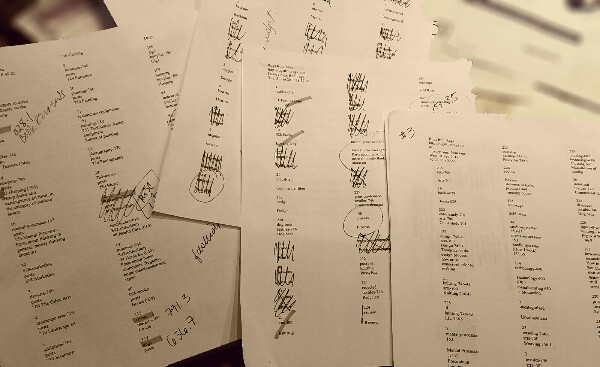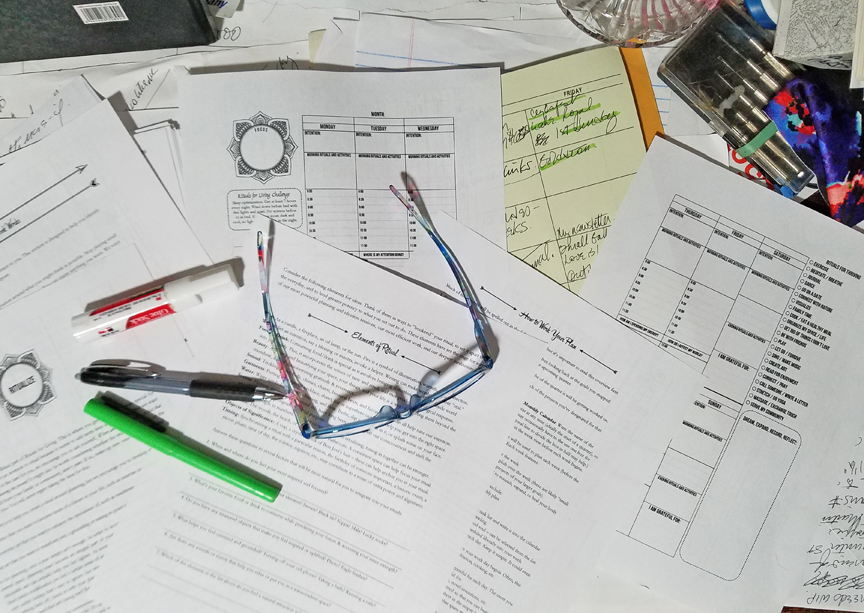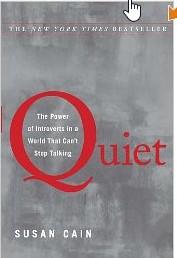
Last August, I was challenged to develop a habit of reading from a book that was written before Gutenberg every day. I didn’t have to think 10 seconds before deciding that the I Ching was the book I would use. I’ve done pretty well; I’ve probably consulted the I Ching at least a hundred and fifty times out of a hundred and eighty days since the challenge started.
Now that I’m working with it daily, instead of only when I have a clear question, I’m wanting to know more about the oracle. I want to know more about the history behind the hexagrams than is offered in my R. L. Wing translation. I took my first copy of Wilhelm to the office I use on weekends, and I keep finding out that I want to consult it when I met my weekday desk.
So I bought a second copy. It’s easy to do now; I can find anything on abe.com.
It’s just a little bit strange, finding that I have become someone who needs to have two copies of Wilhelm.














Follow Us!